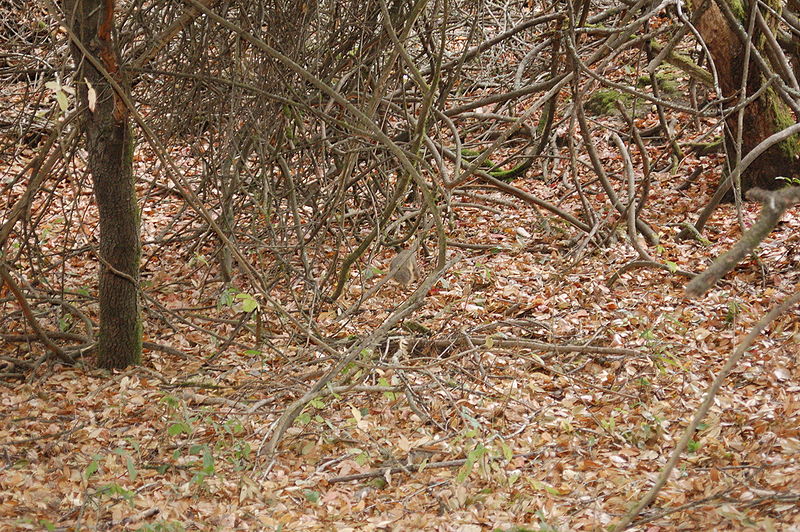Where can you find me?
Earthworms can be generally separated into three classifications
based on their habitats. They are litter, topsoil, and subsoil
species. Eisenia fetida can be considered a litter species
because it is a surface dweller that
scavenges organic wastes.
Something that lives on or near the surface of the ground is also
referred to as being epigeic.
This earthworm species is most commonly found in vermicomposting bins or on worm farms since it is such a commercial species. This species originated in Europe but now some people would even go as far as to say that it is haemerobiont which means that its habitat and geographical location would be totally dependent on human culture.
However, because it is an epigeic composter, it can often times be found in the woods within the ground cover of leaves. Otherwise it is found in manure piles on farms or fields. Experiments have been conducted that have tested the viability of Eisenia fetida in many different manure types including cow, goat, pig, rabbit, and horse. Though it does better in some than others, it does not suffer in any. It adapted well to many different climates including variable temperatures, moisture contents, and pH levels.
The species, most likely due to its excellent composting abilities, is ubiquitous. Bait salesmen also note that although it is unable to live under water, it does usually survive longer than other species of bait worms making it a popular choice among fishermen. However, research has showed that its introduction into tropical lowlands has not been sustainable.
Crawling through dirt and debris isn't easy. This Eisenia fetida has a couple of key adaptations to its body which allows it to move right through a substrate with relative ease. Are you curious to know why an earthworm is so well suited for these habitats and what adaptations it has to make these movements possible? Click adaptation for more information.

